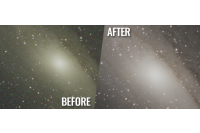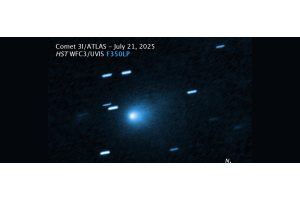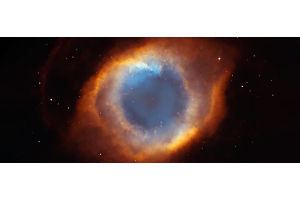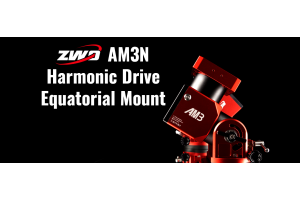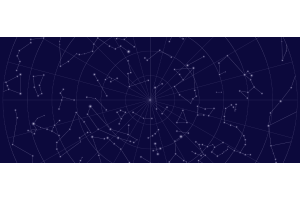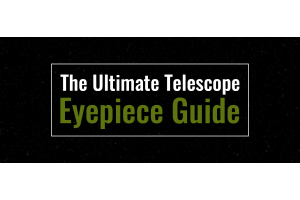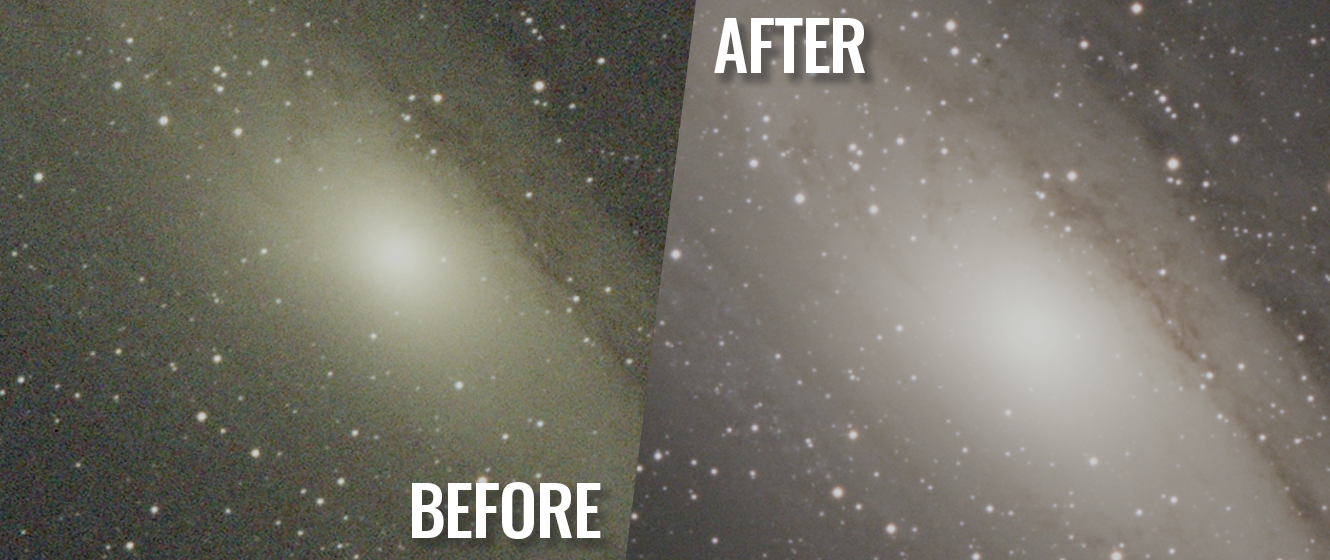
Imagine yourself outside on a very cold night. You don’t want to have to spend much time outside in the cold, so you decide that you only need to get 10 minutes worth of data on a certain target. But when you’re processing, you’re disappointed to find that your image appears very grainy. When learning about astrophotography, you’ll hear the same phrase again and again: You need more data! Data, or exposure time, is incredibly important. You need to increase your signal-to-noise ratio and get cleaner, more beautiful images of the night sky. Without more exposure time, your images will be noisy and extremely difficult to process. This article will cover why it’s important to have more exposure time and how you can go about getting more data.
Understanding Signal-to-Noise Ratio
As a beginner, you might come across the term “signal-to-noise” ratio and be confused as to exactly what this means. Signal-to-noise (or SNR for short) is simply defined as the ratio of the signal in your image over the power of the background noise. For example, let’s say we collect 64 photons in a single image but have a background noise count of about 8. Here we can say the signal-to-noise ratio is 64 over 8, which is simply 8. That’s a lot of noise. But let’s say we now collect 100x the amount of photons, or 6,400 photons. The background noise increases to 80, but the signal-to-noise ratio becomes 6,400 / 80 or just 80 - 10x higher than our first image. This is exactly why more exposure time matters: by increasing the exposure time, you increase the SNR count, which results in a better image.
Visualizing SNR in Your Images
Not sure you understand SNR quite yet? Well, let’s try to break it down by comparing exposure times. Below in the left image, you’ll find a single 5-minute exposure of the Andromeda Galaxy (M31). And on the right, you’ll see a stretched image of 2 hours worth of 5-minute exposures. No calibration frames have been applied to this image, and only a basic histogram stretch has been applied.
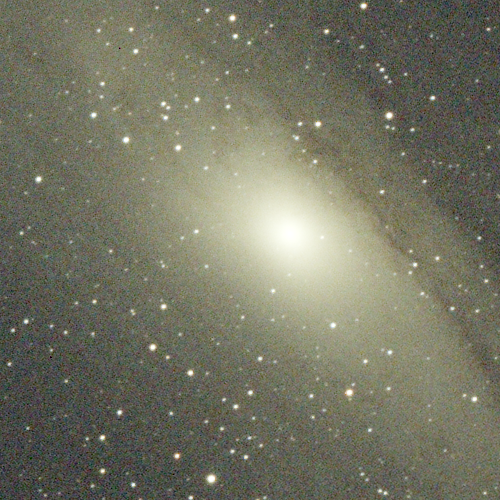
A single 5-minute exposure of the Andromeda Galaxy, note the noise pattern.
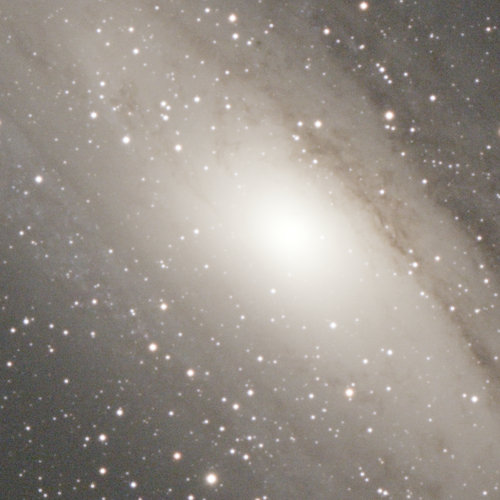
A stack of 2 hours worth of 5-minute exposures of the Andromeda Galaxy.
You’ll quickly note that the image on the right has significantly less noise. Additionally, you can see the colors are more natural, and much finer detail has been revealed in the spiral arms of the galaxy. This is because the SNR on the image on the right is much higher. This is precisely why you need more data in your images. You need to spend as much time as possible imaging your targets. Rather than spending three or four nights imaging four different targets, try spending all of your nights on one target. You might find this difficult, especially if you only have a few clear nights a month - we completely understand and you’re not alone. However, this does not change the fact that you simply cannot get clear, sharp images of the night sky without getting as much integration time as possible.
How to Get More Signal Faster
There are a few ways you can get more data over the same period of time. For example, you can get more signal by increasing the area of your primary objective by buying a larger telescope. Doing this results in a larger amount of photons hitting your primary at the same time. This results in more data coming into your sensor at once. Another way to get more signal is to buy a telescope that is considered “fast”. These are telescopes with a focal ratio of f/4, f/3, or f/2. These telescopes have lower magnification, thus are able to collect more photons over the same period of time. A great example of a telescope with a lot of aperture that is “fast” is a Celestron RASA. Some amateur photographers with RASAs are able to get the same data it would take an astrophotographer with a refractor hours to get in only a span of 30 minutes or so. This is due to the RASA’s larger aperture and low focal ratio of f/2.
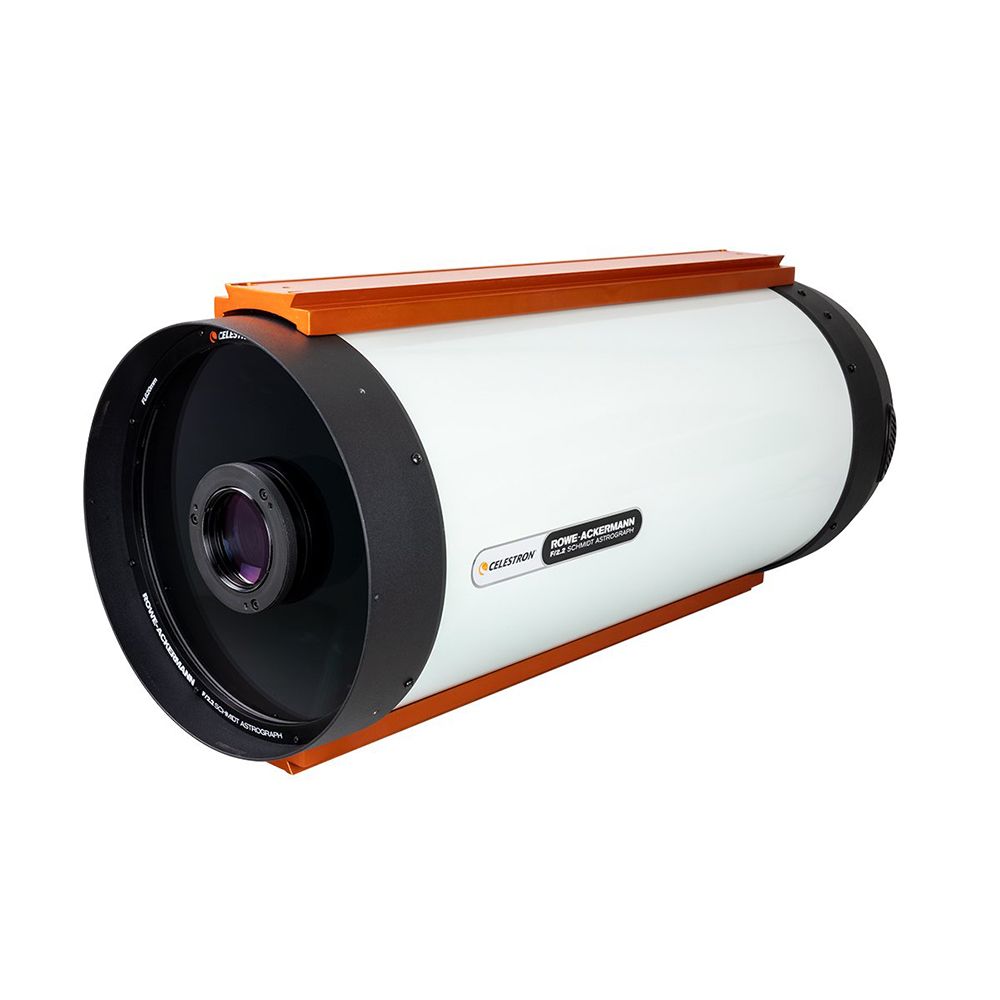

Questions? Learn More!
Interested in learning more about astrophotography? Check out our articles in the Astronomy Hub for all your astrophotography and astronomy needs!





